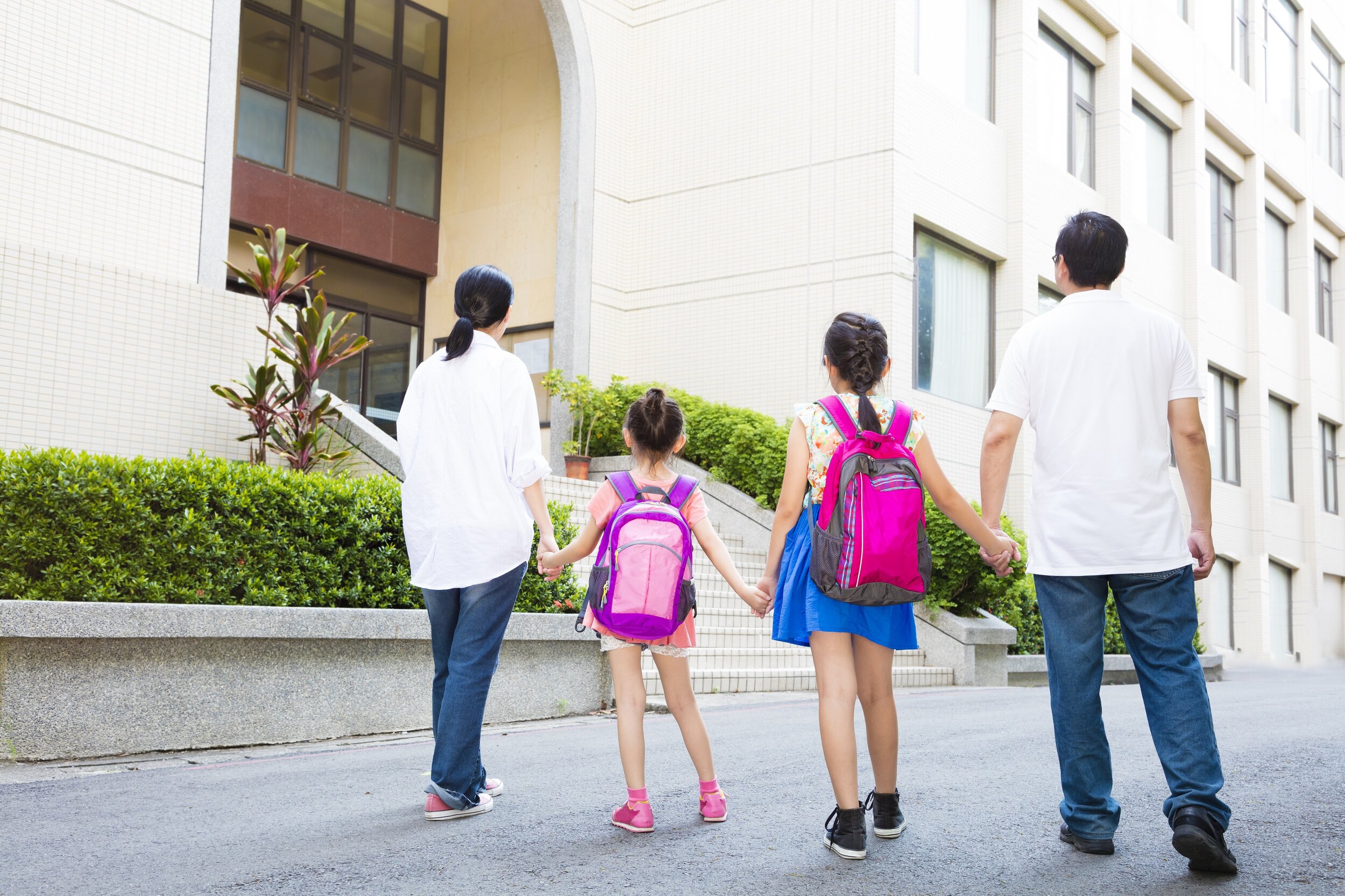Beyond The Mask – The Philosophical Side of Returning to Onsite Learning
As we all know, the majority of the world’s school children have spent this spring in distance learning. Finnish schools were closed in mid-March, and students returned to onsite learning in mid-May. The decision to open the schools faced a lot of opposition. That was mainly because there was contradictory information on the role schools pose in spreading the coronavirus. Also, in Finland summer holidays start already on the first of June, and many parents thought the risk of sending their child to school was unnecessary.
Finnish schools took preventive measures when children returned onsite, but the measures were probably much more lax than in many other countries. Social distancing was encouraged, but it did not actualize between the students of the same class, but rather between the classes. Wearing a mask is not common in Finland, plexi-glasses are introduced in libraries and shops but not in schools and there aren’t any temperature checks in place.
“In the case of Finland, temperature checks don’t really have a point. We trust that if a student is feverish, they are not sent to school,” says Tapio Lahtero, the leader of the principal training program of the University of Helsinki.
After schools opened, coronavirus cases were detected in a few schools. None lead to more cases, and by now, many experts agree that children indeed are not major drivers in spreading the novel coronavirus.
In his position, Lahtero has been in the frontline deciding what approaches schools should take during the coronavirus pandemic.
“There has been a lot of discussion on the practical side of things – masks, social distancing, temperature checks and so on – but the challenge of returning to onsite learning during pandemic has also a philosophical side to it,” he says.
Routines interrupted
The pandemic-era we are living in has made it very clear that school is about more than education.
“Many talk about learning outcomes, but school has a societal role, too,” Lahtero says.
“For this reason, be it distance learning or returning to onsite learning, actions should be taken to ensure everyday life continues as normal as possible.”
By normal Lahtero means everyday routines: the time we get up in the morning, meal schedule, going outside of the house daily if possible and evening routines with a stable bed-time. In pre-pandemic life these routines revolved mainly around schedules given to us by schools, work and hobbies. It is actually an interruption in these routines that has caused much of the stress and problems affecting the well-being of students and their families during this pandemic.
The importance of daily routines is well-documented. It is a basis for creativity, concentration, physical health, feelings of security, a good night’s sleep and much more.
“School is one of the foundation blocks of our societies, and with the help of it the everyday life of families proceeds in a path that is considered normal,” Lahtero says.
“How to keep up with that during this pandemic-era is a difficult discussion , much more difficult than deciding that school desks should have two meters distance in between them.”
But this discussion is needed, especially in the coming winter, when it is very much likely that the second wave of covid-19 will have an impact on schools and everyday life again.
“As the case of Finland shows, many parents – no matter how tired they are of distance learning – might not be happy about the opening of schools.”
Opening up societies creates anxiety
The Coronavirus pandemic has shaken our feelings of security. As the case of Finland shows, many parents – no matter how tired they are of distance learning – might not be happy about the opening of schools. In Finland this resulted to heated discussions in traditional and social media, and some participants were summoning up possible sanctions that parents not sending their child to school should face.
“That was a strange reaction. Some parents and children were genuinely afraid of returning to school. Sanctions are not a way to solve that kind of situation,” Lahtero says. “The issue is about building trust.”
When schools opened in Finland, people had spent two months learning how to avoid others in the fear of contacting a possibly life-threatening disease. That considered, it is only natural that opening up societies will create anxiety.
“Once schools return to onsite learning, there must be an atmosphere where people are happy to meet each other again, despite all the measures taken to avoid the spreading of the virus. Many children have missed their friends, and parents’ emotions must be taken into account as well. This is not easy to achieve.”
Lahtero names two main measures that must be complied. First one is honesty. First, “School must be absolutely honest about the situation and actions they are taking. Information must be actively given to parents and students, and never try to assert that coronavirus infections won’t happen at the school. We all know that no matter what we do, they can happen,” Lahtero says.
The second measure is that all the professionals at school must be an example in their own behavior. This means acting professionally and respecting all the measures taken. It is the face and behavior of teachers that students and parents find comfort in if they have doubts about returning to school.
“Teachers, nurses, social workers and doctors are all essential professions that our societies cannot run without. The job must be done well, no matter what the situation is,” Lahtero reminds.
Writer: Kati Melto, Head of Marketing and Communications, Education House
Finland






